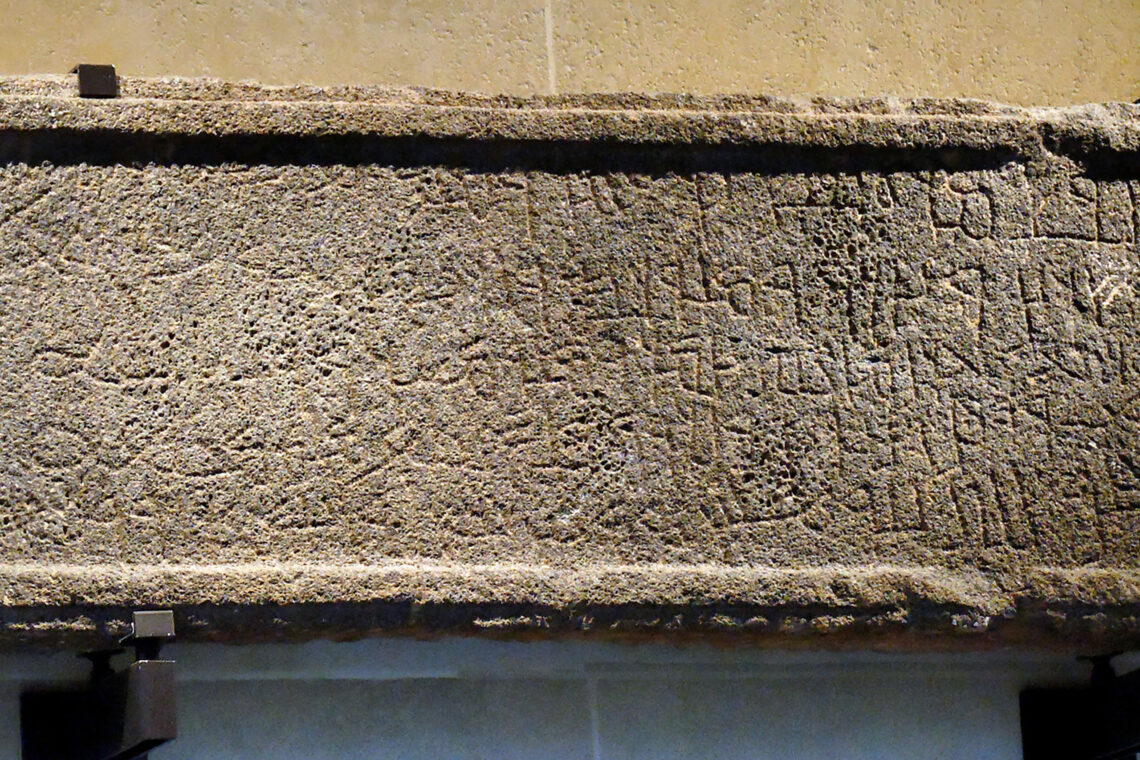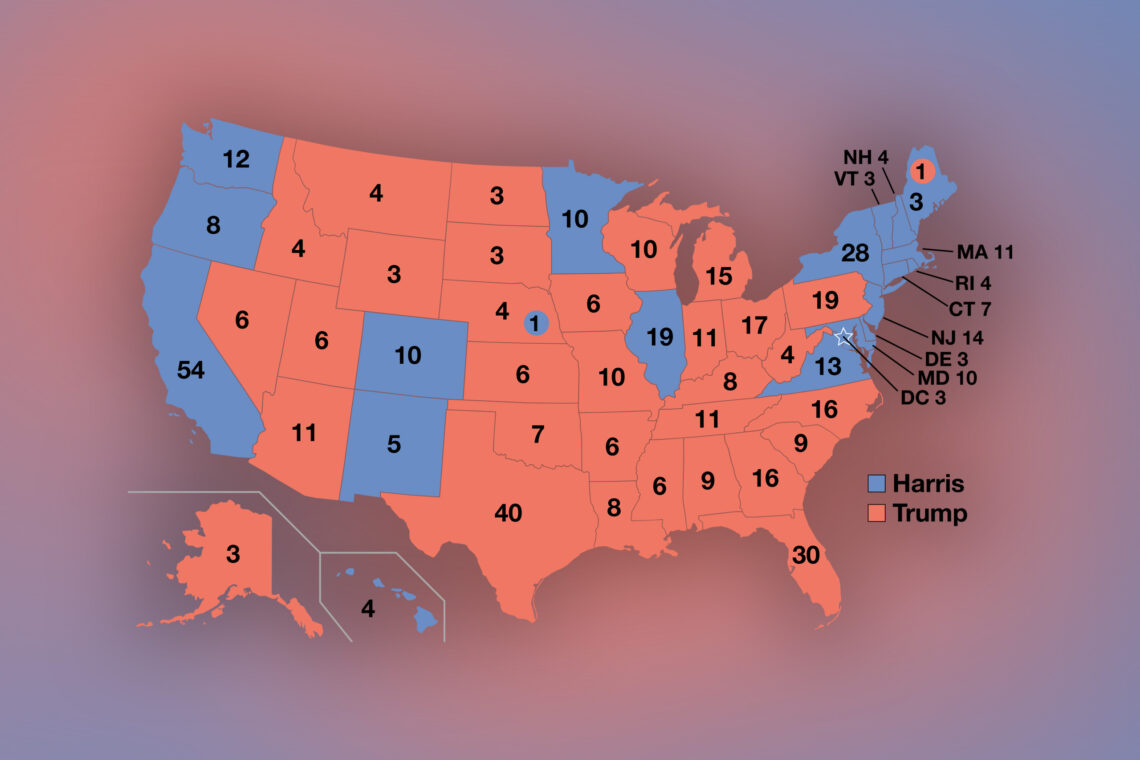In 1941, the Republican, anti-Communist publishing magnate, Henry Luce, son of American missionaries, member of Yale’s Skulls and Bones, the secretive organization dramatized in Robert de Niro’s 2006 film, The Good Shepherd, and co-founder of Time Inc. (publisher of Time, Life, Fortune, and Sports Illustrated magazines), now part of the TimeWarner conglomerate, made the rather compelling case that the 20th century ought be thought of as “the American century,” since it was the allotted purpose of the United States to unfurl the banner of freedom around the world. Because not all nations were on an equal footing with the American superpower, the “American century” carried with it echoes of the white man’s burden, the God-given mission to bring light to the natives of this planet. It is therefore in the shadow of such an ideology that Brian Edwards undertakes the gigantic task of reading American representations of the Maghreb—Morocco, Algeria, and Tunisia—particularly of Morocco, in Morocco Bound: Disorienting America’s Maghreb, From Casablanca to the Marrakech Express, published by Duke University Press in 2005. This is a felicitous choice of topic, for I am not aware of any comparable study, one that approaches this topographically and culturally homogenous region from a blend of literary, cultural, and American studies perspective. Edward’s book must count as a first.
The book is divided into three main parts, each one dealing with a particular period of the three decades following the landing of U.S. troops in 1942. The titles of these parts—“Taking Casablanca,” “Queer Tangier,” and “Marrakech Express”—do, in some sense, capture the various experiences of Americans in Morocco during the three decades after the end of World War II, ranging from war representations—always through the layers of French presence—, the role of Tangier, with its “excess and queerness,” as a trend-setting international city, and how hippies, cultural anthropologists, musicians, and cookbook writers discovered Morocco and bumped into the limits of their fantasies or assumptions.
As with other Western visitors past and present, Morocco is a place of temptation and illusions, one that eludes meaning and categorizations. Known by its corrupt name of Marrakech in the West, its official Arabic name designates it as the extreme western outpost of Arabness and Islam. What, therefore, better place to theorize, weave, and stitch disparate sensibilities and narratives, as Edwards attempts here? Better yet, how can Edwards fail in opening up the “lines of communication,” the stated goal of the book, when there is no possible way to bring the vast array of American writings under a single roof of meaning? Moreover, the book itself moves from one discussion to the next rather tentatively, thereby inviting us to see the scholarly endeavor itself as marked by the same patterns the author traces in the works he examines.
Casablanca, the movie, “a major text of ‘the American century,’ one that might be said to enact it,” premiered in New York City on Thanksgiving 1942, following the landing of American troops—Operation Torch—in North Africa earlier in the year. America’s interest was in dislodging the Germans from the region, not the acquaintance of Moroccans and North Africans. This may explain why there is basically no Moroccan presence in the film, described by Edwards as “the paradigmatic example of ‘American Orientalism.’” In fact, a form of comparative Orientalism was just inevitable. George S. Patton Jr., the U.S. general in Morocco who saw himself as a latter-day Marco Polo transported back to biblical times and the lands of the Arabian Nights, found Arabs and Mexicans similar. Maghrebians reminded other writers of Native Americans back home, while Morocco was frequently compared to the Southwest, or, even, to the U.S. West, only the West had no “Ayrabs,” as one soldier put it. Army publications depicted Arabs as passive peddlers and shoeshine boys, neutralizing their well-known resistance and martial skills and, obviously, ignoring the cultural resistance embodied in the music of a master like Houcine Slaoui (1918 – 51), the still unsung cultural hero of modern Morocco.
Paul Bowles, who died on Nov. 18, 1999, in Tangier, as readers of this magazine surely know, left a major imprint on the era, although the meaning of his work changed with time and place. In the U.S., his work was valued for the exoticism it conveyed, even though he was chastised for leaving home to indulge in teenage fantasies. Moroccan critics at first dismissed his work as perhaps second-rate Orientalism, or, as Muhammad Ibn Taleb said in 1997, a case of “Moroccanitis,” but he later came to be viewed as the leader of al-adab at-Tanji, or “Tangerian lit,” reflecting the exceptionally cosmopolitan culture of the city that adopted him. Paul Bowles’s work, such as the famous 1949 novel (made into film by Bernardo Bertolucci in 1990), The Sheltering Sky, published during heavy U.S. presence in the life of France and the Maghreb, disrupts linear narratives about civilizations and nationalism, and so breaks away from the imperial, Lucean framework. How could Bowles not write such a novel in a city like Tangier—which is, in fact, not one, but many Tangiers?
Tangier, the setting for “Tangerian lit,” was, therefore, a city of excess and abundance. It was a “queer” place that lent itself to anti-Communist imagery but which also threatened America’s post-War “straight story.” Multinational, multiracial, and an alternative to most national norms, even to nations, the city’s queerness was an expression of its own freedom (five of them, exceeding even FDR’s famous Four Freedoms) from work or any social constraints. In 1949, one writer went as far as to describe the city as a “queer sort of international republic unique in the world.” Though not apparent to many critics, Tangier most certainly influenced William S. Burroughs’s Naked Lunch, an “antinarrative” of sorts, one that goes against the grain of the troubled author’s imperial nation. But Tangier was not Morocco. If Bowles’s Tangier represents excess and “statelessness,” the Marrakech of Alfred Hitchcock’s remake of 1934 The Man Who Knew Too Much does not. This semi-Saharan feudal city, ruled by the chieftain Thami el Glaoui, agent of the French, offered none of the possibilities that catapulted Tangier to its international status.
It is in Tangier that Jane Bowles and Mohammed Mrabet lived and worked with Paul Bowles. The Jewish Jane Bowles, more than any other American expatriate, perhaps with the exception of cultural anthropologists, came closest to capturing the essence of the country. Not only did she make a serious effort to learn Moroccan Arabic, the darija, but she spent time conversing with women (in itself an almost unique occurrence), and even fell in love with one, the Cherifa. She also knew that her experience in and of Morocco cannot be fully translated or accessed through writing. Edwards uses the Qur’anic and Sufi motif of the barzakh, or “the isthmus between,” to convey how two entities meet, as different waters in the ocean do, touch each other, while each part remains apart and keeps its essence. Jane Bowles is, therefore, more interested in dialogue than with her husband’s impulse for preserving a fast-disappearing Berber culture. She knew, as many Moroccans surely do, that something Moroccan is always extratextual, here and not here, solemn confession and trivial conversation at once. Reading about Jane Bowles, I was reminded of a paper I heard many years ago at a convention, when a scholar argued that Roland Barthes’s theory of semiotics practically collapsed when he visited Morocco late in life. Moroccans know that meaning in Morocco is always suspended, as the multipurpose expression of “Insha’allah” illusrates. (Jane Bowles seems to find the equivalent of this linguistic tempo in the word “nice,” as in “everything’s nice,” or perhaps, “kulshi mezyan.”)
It is Paul Bowles who gets grants to record music and, at his expense, transcribes and translates the tales of Mohammed Mrabet, whom he met in 1964, following a prior relationship with Ahmed Yacoubi. Mrabet had been to the U.S. in 1959, but he was quickly disillusioned and came back. Although the illiterate raconteur has been derisively dismissed by the august historian Abdallah Laroui and the equally prominent novelist Tahar Ben Jelloun, Edwards reads the “erotics” or “mystery of collaboration” between the two men, mediated though it was by the third language of Spanish, as a foundational moment in Anglophone “Tangerian lit,” now assuming increasing significance, as the world seems to be passing from the stage of the postcolonial to that of the global.
By the 1960s and 70s, hippies, cultural anthropologists, cookbook writers, music entrepreneurs, and the ubiquitous James Michener all came to Morocco and left with theories, recipes, flavors, and tales that would change American scholarship and palates alike. Through the influence of the late Clifford Geertz, who settled in Sefrou in 1963, Morocco became “a ‘prestige zone’ for American anthropologists,” while Paula Wolfert’s 1973 classic, Couscous and Other Good Food from Morocco (a manual much used in our house) helped popularize couscous in the U.S.
As he reads and re-reads through all these cases of interaction, Edwards provides correctives and corrections, although, at times, he comes across a little too eager in this endeavor. Jane Kramer and her husband Vincent Crapanzano’s thesis about the conservatism of Moroccan politics and culture in a 1969 article for the New York Times Magazine sounds right to me. Did Wolfert gloss over poverty by highlighting the feasts associated with Moroccan hospitality? Maybe, but hers is not a treatise on social inequality, only a description of Morocco’s culinary habits. Besides, even the poor in Morocco strive to lavish their guests with copious amounts of food. Edwards refers a few times to the absence of Moroccan accounts of Bowles in U.S. criticism, but isn’t that too much to ask of a monolingual, imperial people? It is true that Bowles, or the film Casablanca, have been appropriated by the tourist and culture industries of Morocco, or that Moroccan critics see things quite differently from their Moroccan counterparts, but why would Americans, whose cultural systems dominate and shape literary approaches still, pay attention to what is surely a peripheral place to them?
Talking about cultural appropriations, I wish Edwards had theorized the opening of Rick’s Café in Casablanca by a former U.S. diplomat, Kathy Kriger, or Madame Kathy, as she is known locally. The New York Times reported that the establishment was scheduled to open in late February 2004 “to coincide with the Academy Awards 61 years after Casablanca won the Best Picture Oscar.” The new Rick’s Café, in fact, depends heavily on the history examined in Morocco Bound, for its website (www.rickcafe.ma) not only reports on news and such, but also displays links to the film and to the official site of Paul Bowles. Everyone wants a piece of this brand of Moroccan Americana. One might say that even as U.S. foreign policy sends shivers down many Moroccan backs, America itself is gradually turning into an exotic label, the perennial land of cowboys, rednecks, and cheeseburgers.
Americans are also drifting back and choosing to live in Morocco, even after 9/11, although we must recall that theirs is a mere change of address, involving none of the hardship experienced by the harragas and others seeking better lives in Europe and America. In fact, one could even argue that place of residence does little to change consciousness in the age of globalization. Moroccan critics may engage the world in English or through the lenses of the latest critical method, but they certainly didn’t invent postcolonial or cultural studies; such methods came to them courtesy of some Anglo-American power, or through the agency of the French curriculum. The lenses of Moroccan critique are anthropological, too. We have no eyes of our own, really. We all live in “the American century” that is more real today than it was in Luce’s time.
This is, in fact, the dilemma of postcolonial societies scrambling to find a voice in the epoch of globalization. That English is elbowing French in Morocco only proves Luce’s theory, for why else would English be privileged over, say, Spanish, our closest European-language relative? Where are Hindi and Persian in Morocco? During the height of British imperialism, E. M. Forster knew that friendship required some degree of equivalence. Where are the Morocco-based academics living in America to publish books for Moroccan consumption? We write for the French and Americans, even as we call for dialogue and conversation. This is so because we live in American time—no narrative, whether it be Bowles’s, Burroughs’s, or the one in the ambitious book under review here, can seriously disrupt this hard reality. Yet, as we swim on the tides of the long “American century,” we also recall that the invisible barzakh thwarts the best attempts at total, crushing domination. Differences may bend under pressure, but, sooner or later, with the trace of encounters imprinted on their edges, they snap back into a new form that is uniquely theirs. And so it goes.
As this long editorial/review indicates, Brian Edwards’s painstakingly researched Morocco Bound invites us to think not only about the legacy of (American) innocents abroad, but also to imagine the contours of a world civilization—and the nature of human relations—beyond Henry Luce’s long “American century.”




Comments are moderated by the editor and may not appear on this discussion until they have been reviewed and deemed appropriate for posting. All information collected is handled in a manner consistent with our privacy policy.